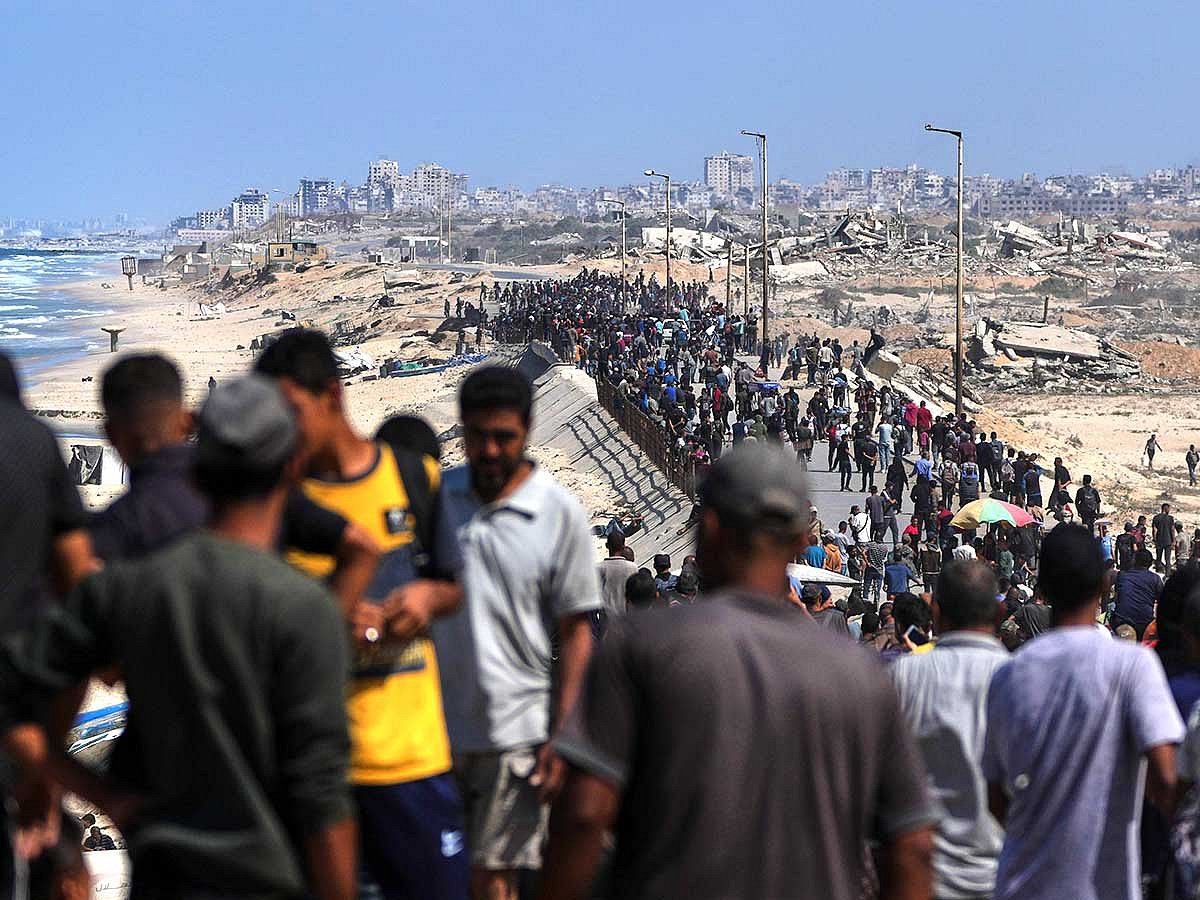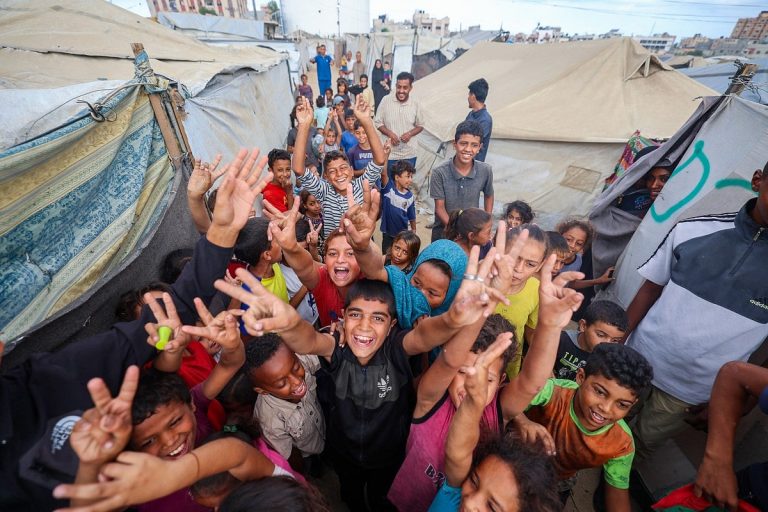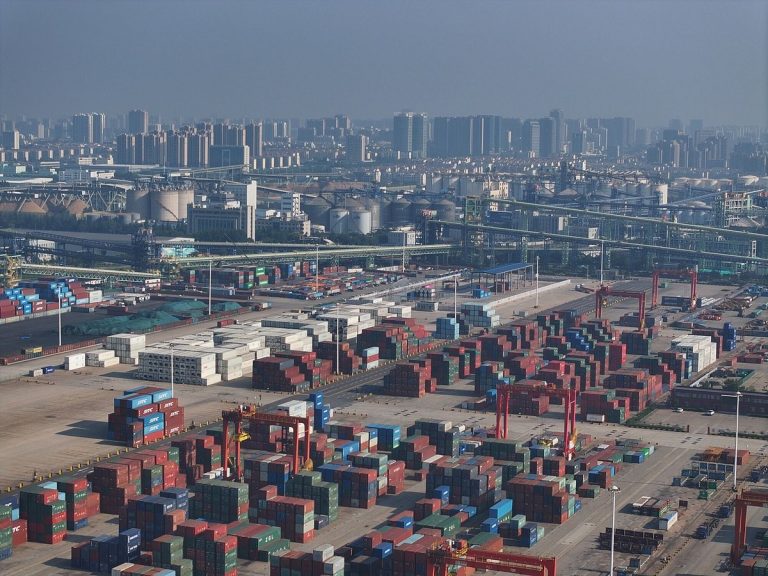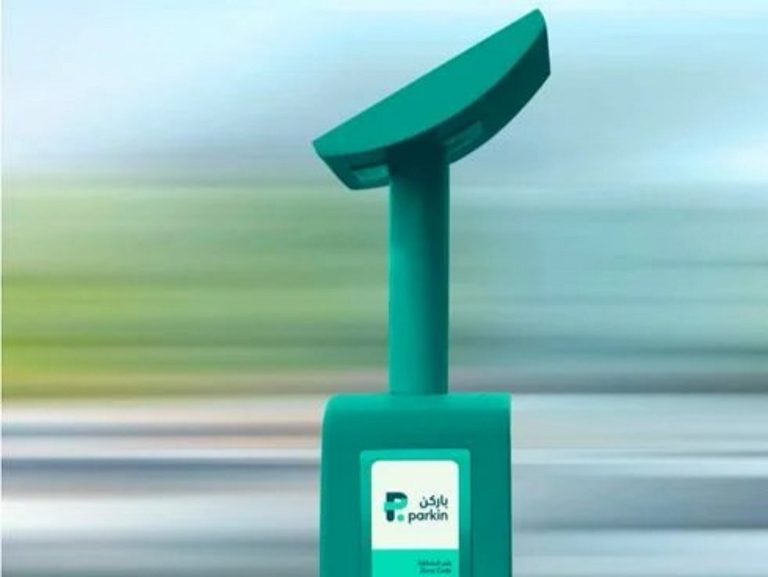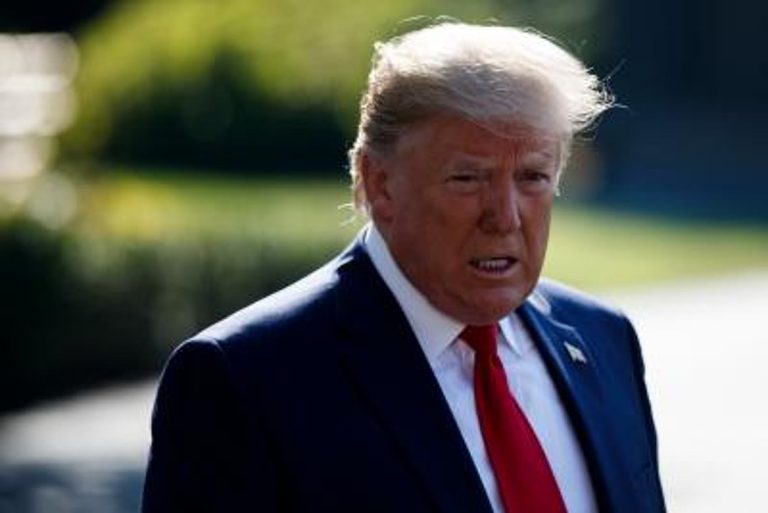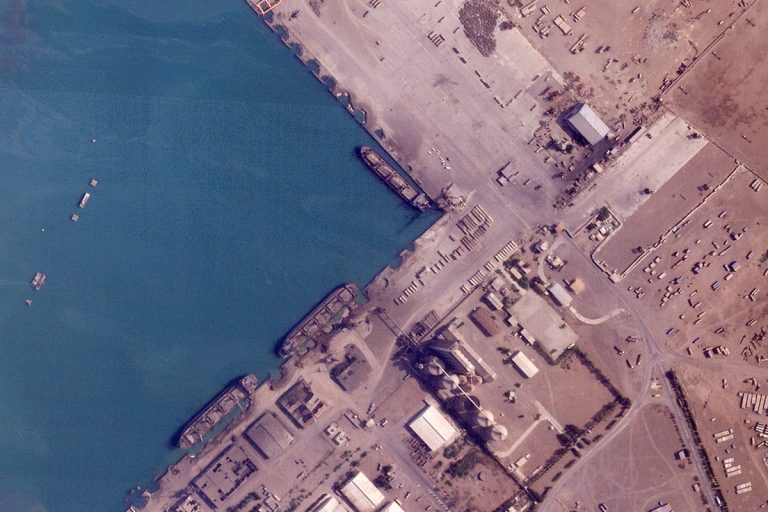Israel to Release 250 Prisoners in Hostage Exchange Deal
Israel’s justice ministry has revealed a list of 250 prisoners slated for release as part of a ceasefire agreement with Hamas. This decision comes amid ongoing negotiations to secure the return of hostages held in Gaza since the conflict escalated two years ago.
Details of the Prisoner Release
The published list notably excludes several high-profile Palestinian militant leaders, whose release Hamas has been advocating for. Among those not included are Marwan Barghouti, Ahmad Saadat, Hassan Salameh, and Abbas Al Sayyed. Barghouti, serving a life sentence since 2004 for murder, is often regarded by his supporters as a symbol of resistance, drawing comparisons to Nelson Mandela.
Ceasefire and Hostage Exchange Agreement
The agreement marks the initial phase of a broader ceasefire and prisoner exchange plan, which is based on a 20-point proposal put forth by former U.S. President Donald Trump. Under this arrangement, Israel will release 250 prisoners in exchange for 47 hostages taken during Hamas’s attack on October 7, 2023. Additionally, the remains of another hostage, who has been held in Gaza since 2014, are expected to be returned.
FAQs
What is the significance of the prisoner release?
The release of these prisoners is a critical component of the ceasefire agreement aimed at reducing tensions and facilitating the return of hostages, which has been a major point of contention in the ongoing conflict.
Why are certain militant leaders not included in the list?
The exclusion of prominent militant leaders from the release list reflects Israel’s stance on security concerns and its classification of these individuals as significant threats, complicating negotiations with Hamas.
How many hostages are being exchanged?
In total, 47 hostages will be exchanged for the 250 prisoners, alongside the return of the remains of one additional hostage, marking a significant step in the ongoing negotiations.
Conclusion
The announcement of the prisoner release is a pivotal moment in the ongoing conflict between Israel and Hamas, potentially paving the way for further negotiations. As both sides work towards implementing the ceasefire and facilitating the hostage exchange, the situation remains fluid, with many eyes on the developments ahead.
The ongoing conflict between Israel and Hamas has deep historical roots, with tensions dating back decades. The recent escalation in violence has led to significant casualties and widespread destruction, prompting international calls for a resolution. The hostage situation has become a focal point in these negotiations, as families of the captives and the broader public demand action to secure their release. The dynamics of the conflict are further complicated by the political landscape within both Israel and the Palestinian territories, where public opinion can heavily influence governmental decisions.
The prisoner release is not only a humanitarian gesture but also a strategic move by Israel, aimed at demonstrating a willingness to negotiate under pressure. The decision to release prisoners often sparks debate within Israeli society, where security concerns are paramount. Many Israelis view the release of prisoners, especially those convicted of violent acts, as a potential risk to national safety. Conversely, for Palestinians, the release of prisoners is seen as a crucial step towards justice and recognition of their plight, fueling ongoing demands for further negotiations and concessions.
International mediators, including representatives from various countries and organizations, have been involved in facilitating dialogue between the two parties. The involvement of external actors underscores the global interest in achieving a lasting peace in the region. As the situation evolves, the implications of the prisoner exchange may extend beyond immediate humanitarian concerns, potentially influencing future negotiations and the broader geopolitical landscape in the Middle East. Observers are closely monitoring the reactions from both sides, as well as the international community, to gauge the potential for a more comprehensive resolution to the longstanding conflict.
Also Read:
Trump Announces Upcoming Middle East Visit Amid Gaza Peace Negotiations

